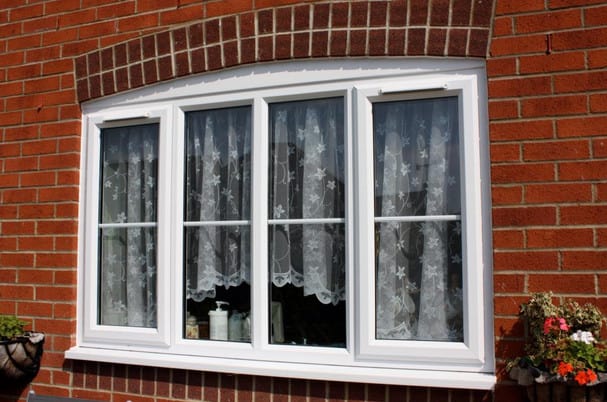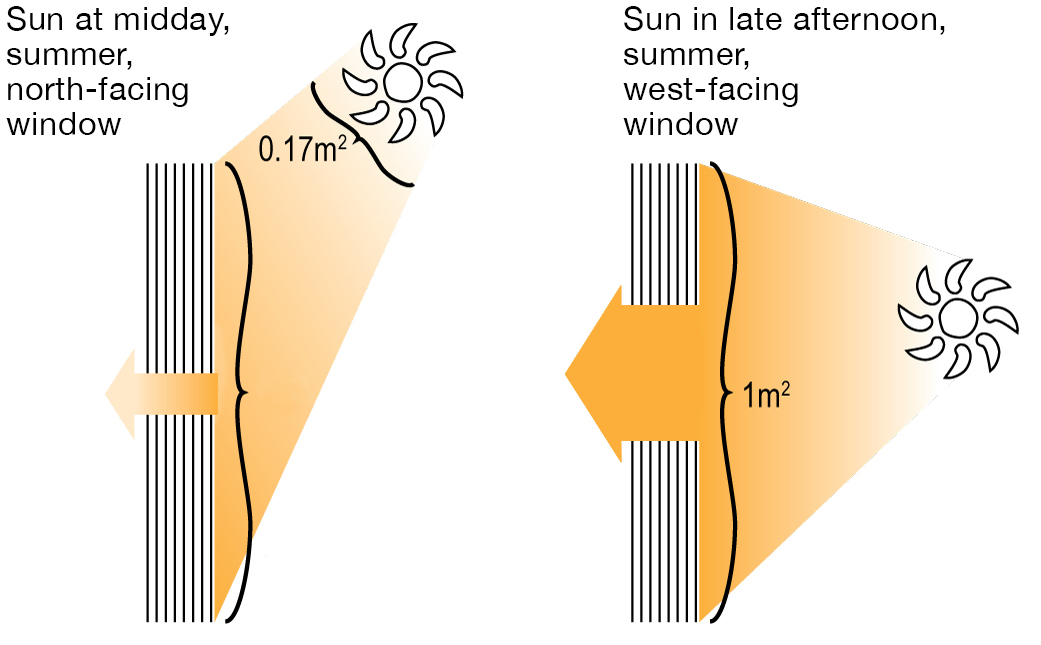All Categories
Featured
Table of Contents
Insulated Glass Unit – Igu in Carine WA
Glazing simply means the windows in your house, consisting of both openable and fixed windows, in addition to doors with glass and skylights. Glazing in fact simply indicates the glass part, however it is normally used to describe all aspects of an assembly consisting of glass, films, frames and home furnishings. Taking note of all of these elements will help you to accomplish effective passive style.

Energy-efficient glazing makes your house more comfortable and dramatically minimizes your energy costs. Improper or improperly created glazing can be a major source of unwanted heat gain in summer and considerable heat loss and condensation in winter season. As much as 87% of a house's heating energy can be acquired and up to 40% lost through windows.
4 Benefits Of Double Glazed Windows In The Summer in South Perth WA
Glazing is a substantial financial investment in the quality of your home. The expense of glazing and the expense of heating and cooling your house are closely related. An initial investment in energy-efficient windows, skylights and doors can greatly minimize your yearly cooling and heating expense. Energy-efficient glazing also minimizes the peak heating and cooling load, which can decrease the needed size of an air-conditioning system by 30%, resulting in further cost savings.

This tool compares window choices to a base level aluminium window with 3mm clear glass. Comprehending some of the crucial residential or commercial properties of glass will help you to choose the very best glazing for your house. Secret homes of glass Source: Adjusted from the Australian Window Association The amount of light that passes through the glazing is known as visible light transmittance (VLT) or visible transmittance (VT).
Why Double Glazing Keeps Your Home Cooler In Summer? in Casaurina WA
The U worth for windows (revealed as Uw), describes the conduction of the whole window (glass and frame together). The lower the U value, the greater a window's resistance to heat circulation and the better its insulating value.
If your house has 70m2 of glazing with aluminium frames and clear glass with a U value of 6. 2W/m2 C, on a winter season's night when it is 15C chillier outside compared to inside your home, the heat loss through the windows would be: 6. 2 15 70 = 6510W That is comparable to the total heat output of a large room gas heater or a 6.
Window Glazing For Households - Energy in Kewdale Western Australia

If you select a window with half the U value (3. 1W/m2 C) (for instance, double glazing with an argon-filled gap and less-conductive frames), you can cut in half the heat loss: 3. 1 15 70 = 3255W The solar heat gain coefficient (SHGC) for windows (revealed as SHGCw) determines how easily heat from direct sunshine flows through an entire window (glass and frame together).
The lower a window's SHGC, the less solar heat it sends to the house interior. Glazing manufacturers declare an SHGC for each window type and style. The actual SHGC for windows is affected by the angle that solar radiation strikes the glass. This is understood as the angle of occurrence.
Summer Scorcher Predicted, Again! Double Glazed ... in Viveash Western Australia
When the sun is perpendicular (at 90) to the glass, it has an angle of incidence of 0 and the window will experience the optimum possible solar heat gain. The SHGC stated by glazing manufacturers is constantly calculated as having a 0 angle of occurrence. As the angle increases, more solar radiation is reflected, and less is sent.
Table of Contents
Latest Posts
Energy Efficient Windows At Everest in Lakes Perth
Single Vs Double Vs Triple - Which Window Is Right For Your ... in South Fremantle Western Australia
How Are Double Glazed Windows More Energy Efficient? in Safety Bay Western Australia
More
Latest Posts
Energy Efficient Windows At Everest in Lakes Perth
Single Vs Double Vs Triple - Which Window Is Right For Your ... in South Fremantle Western Australia
How Are Double Glazed Windows More Energy Efficient? in Safety Bay Western Australia